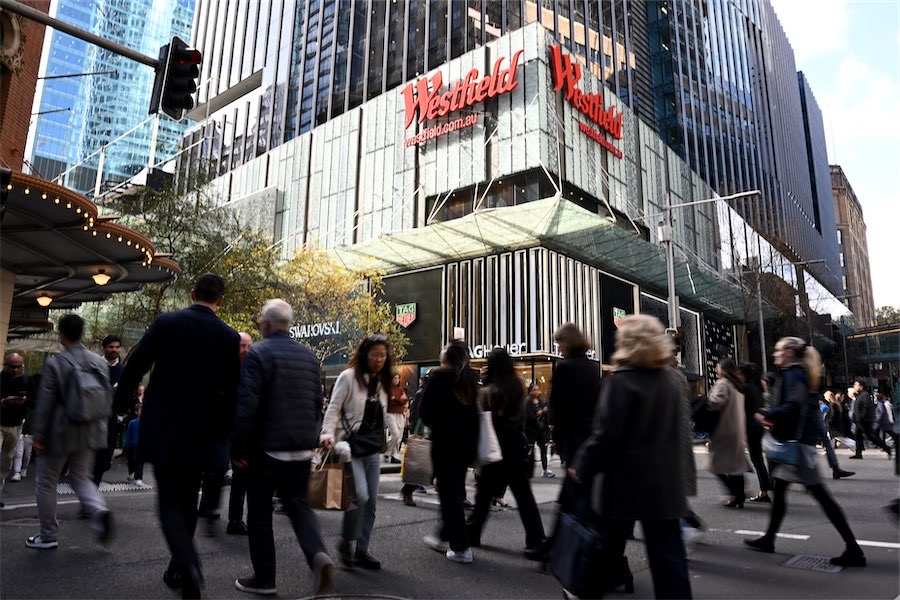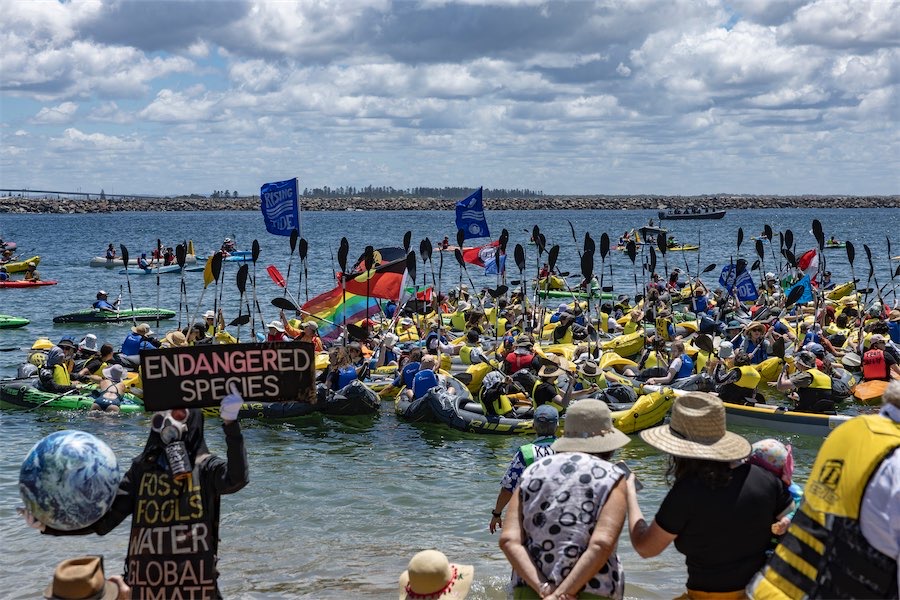
By Andrew Brown and Poppy Johnston in Canberra
The battle against inflation is far from over despite it falling to a three-year low, the finance minister says, hinting further cost-of-living support could be on the way.
Headline inflation for the September quarter dropped sharply to 2.8 per cent, the lowest level since 2021, and within the Reserve Bank’s target range of between two and three per cent.
However, an immediate interest rate may not be on the cards due to underlying inflation, which removes volatile prices, is at 3.5 per cent.
Finance Minister Katy Gallagher said the inflation data was welcome news, but there was still more work to be done.
“We know people are still really feeling those cost-of-living pressures, so we can’t take our eye off the ball of how we address those pressures going forward,” she told ABC Radio on Thursday.
“Our job is to make decisions and do what we can to ease the inflation challenge, to not make the (Reserve Bank’s) job harder.”
The Reserve Bank will hand down its next decision on interest rates on Tuesday, but economist have forecast a cut won’t be coming until early 2025.
Government assistance for energy bill relief had been a factor in inflation coming down in the past quarter, and Senator Gallagher said further cost-of-living measures were being considered.
“Cost-of-living relief, and looking at how we can provide that whilst getting the budget in better shape and running surplus budgets, as we have the last two, is key to our economic plan,” she said.
“We’ll continue to look at ways we can make a difference for people when they sit around their kitchen tables, trying to make their budgets work, but at the same time, we’ve got to make sure we’re being fiscally responsible.”
After inflation numbers landed broadly where the Reserve Bank expected, attention is turning to consumer spending, with new retail sales figures for September being released on Thursday.
Extra funds have been landing in bank accounts since July 1 when income tax cuts began, bringing with it concerns bolstered incomes would add to inflationary pressures and keep interest rates higher for longer.
Based on bank payments data and surveys, income tax cuts appeared to have been put towards mortgage debt and rebuilding savings,.
Economic teams at all four of the major banks have rates easing pencilled in to begin in February 2025, with Commonwealth Bank ditching its December call after Wednesday’s inflation readout.
CBA head of Australian economics Gareth Aird said the data was “almost certainly a touch too strong on the key underlying measure for the board to entertain the idea of a rate decrease this year”.
“The process of normalising the cash rate will be a story for 2025,” he said.
Starting from early 2025, Westpac and CBA expect four 25 basis point cuts, taking the cash rate to 3.35 per cent.
ANZ has a shallower easing cycle of three 0.25 percentage point reductions expected while National Australia Bank tips five from the February start date.
Who can be trusted?
In a world of spin and confusion, there’s never been a more important time to support independent journalism in Canberra.
If you trust our work online and want to enforce the power of independent voices, I invite you to make a small contribution.
Every dollar of support is invested back into our journalism to help keep citynews.com.au strong and free.
Thank you,
Ian Meikle, editor





Leave a Reply